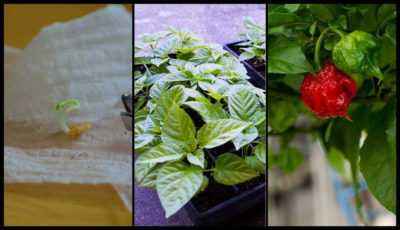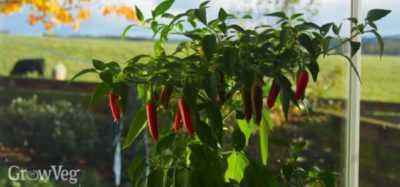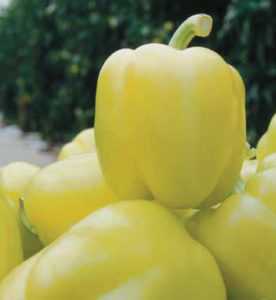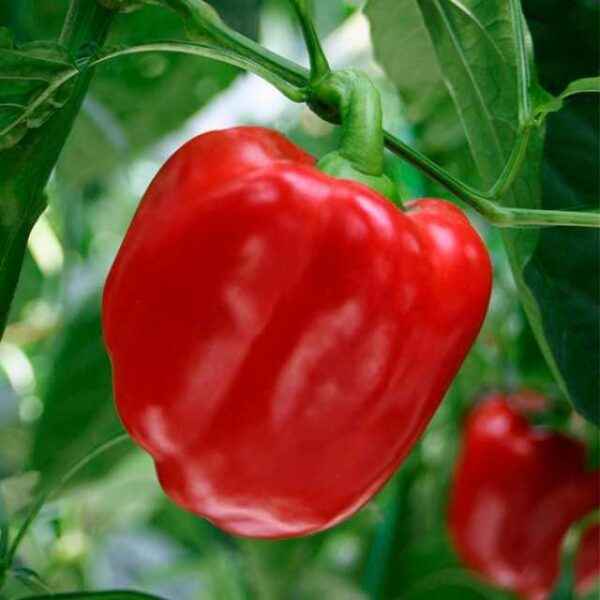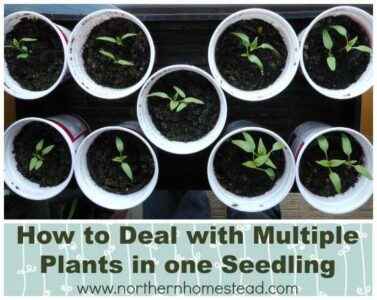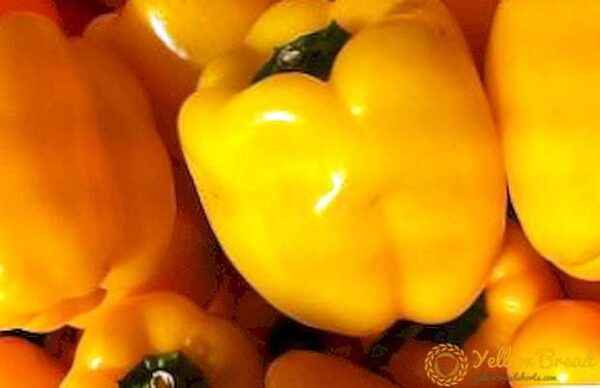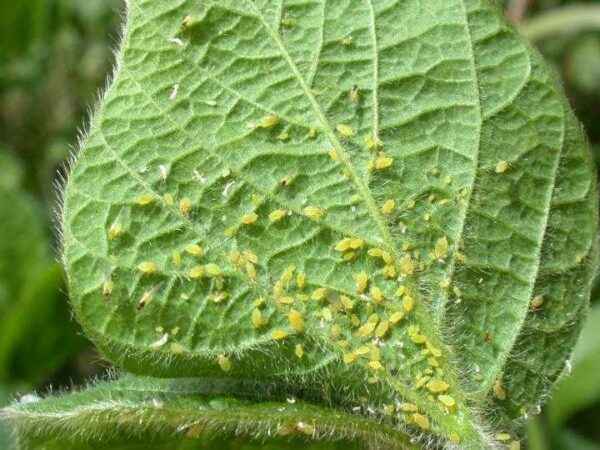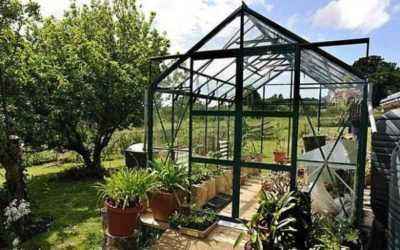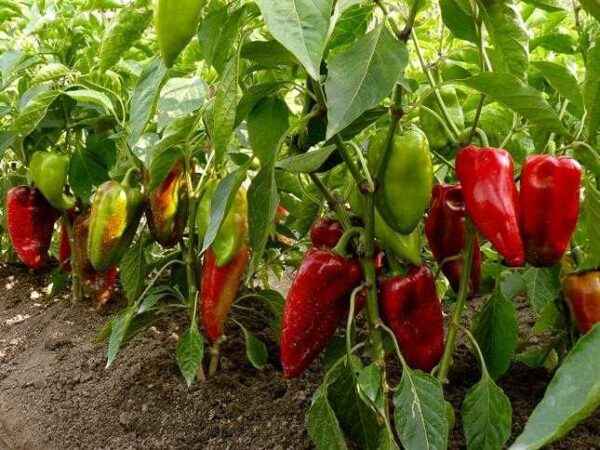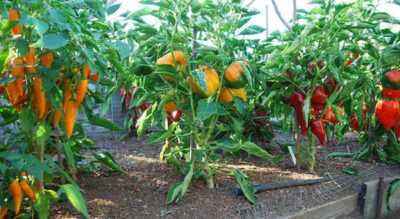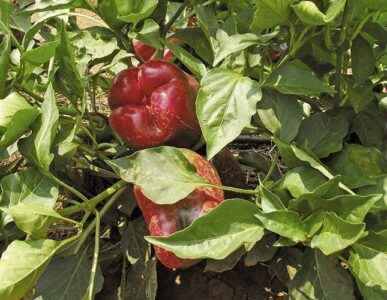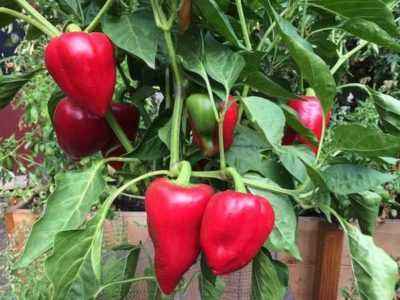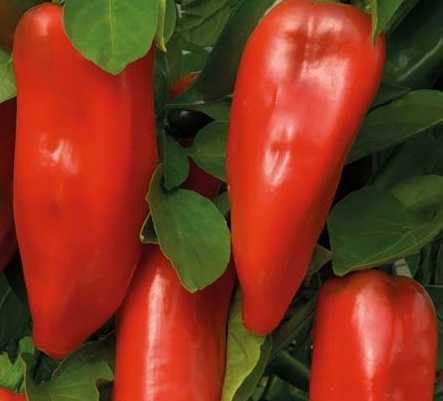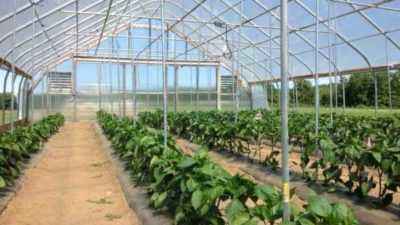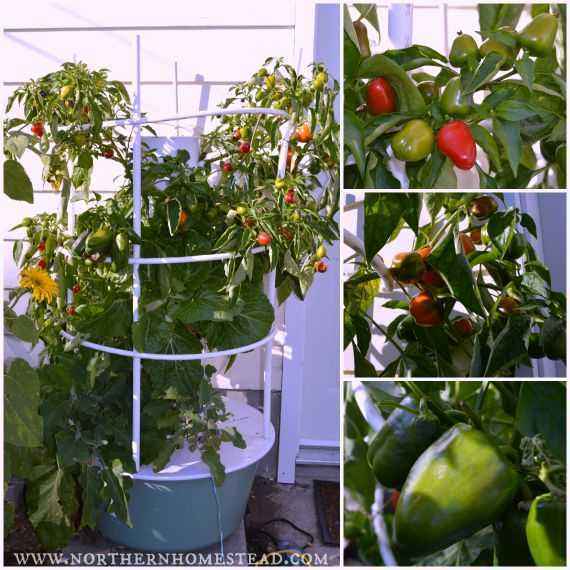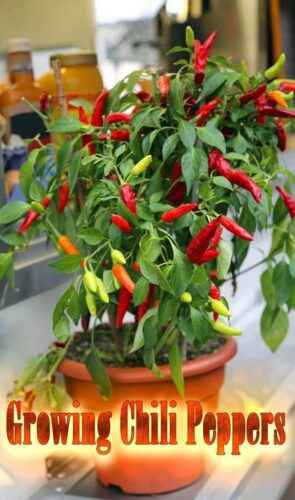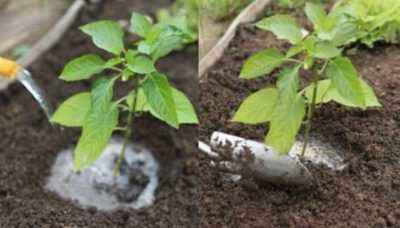In order to plant plants at home in winter, you don’t need to make a lot of effort. Let’s look at how to grow decorative pepper and how to care for it.
- Growing in containers and pots
- Features of planting
- Harvesting
- Which variety to choose
- Plant height
- Lighting <
- Temperature and humidity
- Preparing the seeds for planting
- Germination of seeds
- Transplanting seedlings
- Growing pepper from the cuttings
- Caring for decorative pepper
- Watering the plant
- Spraying the bush
- Feeding <
- Form the crown
- Transplant decorative pepper
- Diseases and pests
- Difficulties in growing

Decorative pepper
Cultivation in containers and pots
If you plan to grow an ornamental plant in containers or pots, you can choose any kind of plant. Capsicum, the second name for decorative pepper, is sown in early March, and in the summer you can take pots with a plant to the street, for example, to the balcony.
As for the choice of pot, it is worth taking a capacity of about 5 liters. Although, if you plan to grow vegetable pepper or berry pepper, which are tall, you should take a larger pot.
Features of planting
Before planting hot room pepper in the ground, you need to prepare it for planting in a special way. You will need:
- Substrate for potted plants
- Dolomite flour
It is desirable that horn shavings be included in the soil, if it is there No, you can buy it separately. As for dolomite flour, it should be brought into the earth every 7 days, the recommended amount is 1 tsp. 5-6 liters of land.
Indoor decorative pepper does not grow in dense soil, since such soil does not allow air to penetrate into the soil. Many growers add humus to the soil to increase soil nutrition.
In order to make the soil as prepared as possible for growing decorative pepper in a pot, you can enrich the soil with vermiculite or agroperlite before planting. Using these components, you can maximize the ability of the soil to retain moisture.
Harvest
The fruits of the decorative pepper will be appreciated by those who like to pamper themselves with something sharp and a little as bitter as chili peppers. When can I pick edible fruits of hot decorative pepper?
If you see that the pepper has changed its color, turned yellow or red, depending on the selected variety, it means that the fruits are fully ripe and can be picked.
Which variety to choose
You can plant any variety of homemade decorative pepper at home. However, there is a list of varieties of decorative indoor peppers that are considered the least demanding in care, they are most often consumed as food:
- Goldfinger
- Red Rocket
- Jamaica
- Python
- Troll
- Black Bride
- Pearl
- Queen of Spades
- Filius
- Blue baby
- Medusa
- Aladdin
- Pearls
- Zorro
- Sirius
- Salsa
- Wushu
- Ampelic mischievous
If you are growing decorative hot peppers for the first time, then it is worth starting with these varieties.
Plant Height
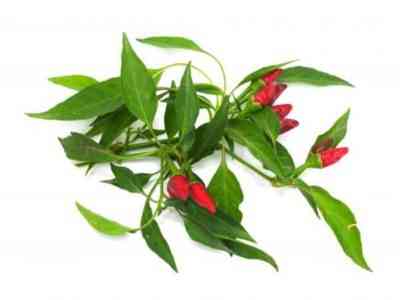
Different kinds of
If the pepper bush grows in a natural environment, such as , bell pepper, he manages to reach a height of 1 meter and even higher. As for room conditions, that is, growing on a windowsill, the plant is able to grow on average up to 30-60 cm. Aladdin is considered the highest grade. At the same time, the life of a capsicum at home is not long, only 4-5 years.
However, even for such a short period, the bush will please you with bright fruits more than once. In addition, you will harvest throughout the calendar year.
Lighting
The first thing to say is that the room should be quite bright and often ventilated, but drafts are categorically undesirable. It is better to choose window sills in the east or west, so you will consider the lighting requirement.
Do not put pots with pepper on the south side. The fact is that the plant can get burns on the leaves if it is exposed to the sun for a long time.
However, you do not need to keep the plant in the shade all the time. At least 3-5 hours a day, the bush must be placed in direct sunlight. If the weather outside is cloudy, you need to organize an artificial light source. If the sun is not enough, you will notice this by the appearance of the bush, the branches develop poorly, flowering is worse, and the fruit is catastrophically small.
The most stressful period for decorative pepper is considered to be the end of autumn – the beginning of winter, since this period characterized by a short daylight hours. In order to maintain the growth of pepper, it is necessary to organize additional illumination with the help of phytolamps.
Temperature and humidity
The room should be 23-25 degrees in the spring, in winter it is allowed to lower up to 16-19 degrees.
An important feature of decorative pepper – the plant loves temperature changes, this concerns the difference between morning and night temperatures. For this reason, growers recommend taking the pot out onto the balcony.
To grow pepper on the windowsill, humidity is required at a level of at least 60-70%. Exceeding the normal values is not bad, except for this plant does not tolerate the dry period. If the hygrometer shows less than 50% humidity, it is recommended that, in addition to watering, spray the bush with spray water.
Prepare the seeds for planting
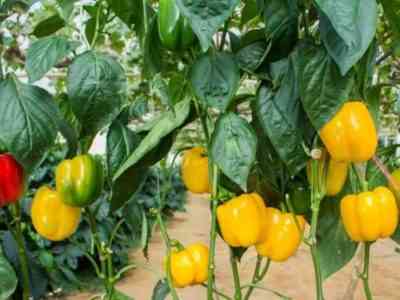
Beautiful peppers
In order for the plant to take root better, it is recommended to sow no earlier than February. It is necessary to prepare seeds of decorative pepper before sowing. For this you need:
- Disinfectant solution for seeds – Fitosporin or potassium permanganate
- Growth stimulator, for example, Epin
In the first case, the seeds are soaked , in the second – sprayed in accordance with the instructions for the drug. If you are going to plant fresh seeds, then you can refuse stimulation.
Germination of seeds
During germination, the seeds must lie in the water for at least 12 hours. It is important that they are located at least 2 cm apart. This is necessary so that the sprouted sprouts do not interfere with each other’s growth. After germination, you need to sprinkle them with earth, covering them 1 cm from above. Ensure that all seeds are covered.
The next step is to spray the sprouted seeds with water from the spray bottle.It is important not to overdo it so that the soil is not too wet, otherwise it can lead to mold and rot.
Try to arrange conditions that will resemble greenhouse conditions as much as possible. To do this, cover them with film, then put in a warm place with good lighting. In order for the seed to germinate, a temperature of at least 23 degrees will be required.
In no case should you put the pot of seeds under the sun’s rays, so you risk creating a greenhouse effect under the film, after which the seeds will cook.
As soon as you see the first small shoots, you must immediately remove the film. This usually takes about two weeks. Although under certain conditions this can take longer, for example, if you did not prepare the seeds before sowing.
Transplanting seedlings
When several leaves appeared on the seedlings, the seedling is ready for transplanting to a permanent place of growth. Each seedling must be placed in a separate container for growing decorative pepper. Otherwise, if there are 2 or more shoots in the pot, the plant will become weak, you can not wait for the fruit.
It is worth taking a pot of about 300 ml in volume. If the volume of the pot is larger, the root system of the bush may oxidize after several irrigation.
It is important during the transplantation to place the shoot exactly at the same depth at which it was located during the germination stage.Do not deepen the plant too much into the soil, as this can lead to rotting of the root system.
It is important to place a drainage layer on the bottom of the new pot. It must be laid carefully so as not to close the holes in the bottom.
It is necessary to select the ground for potted plants. You can slightly press down the soil around the sprout itself, after which it is good to water. During rooting, it is recommended not to water the bush for at least a week.
During the transplantation, pinch the most important root. This will develop the lateral processes of the roots, and the root system will be stronger.
Growing pepper from the cuttings
In summer and in spring you can grow decorative pepper by the cuttings method . To do this, you need to cut the lateral process, after which the resulting section must be treated with a special growth stimulator. Next, the process must be placed in a mix of soil and sand, the components are taken in a ratio of 1 to 1. It is necessary to ensure maximum watering of the cuttings, and then cover it with a cap made of plastic or glass. Put the stalk where it’s warm and light enough.
It is important to periodically ventilate the root, you need to do this at least once a day.
You can pinch the top, so that the rooting process is faster. It is worth making sure that the stalk grows in soil suitable for potted plants.If you chose sandy-earthy soil for it at the rooting stage, the same mixture should be preferred at the transplanting stage.
Care for decorative pepper
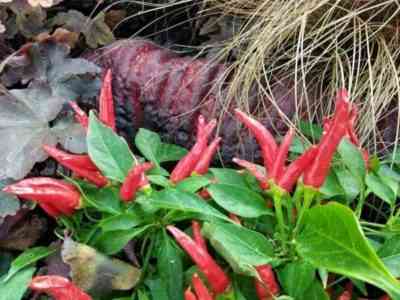
Pepper care is necessary
After the sprout has successfully rooted, it is important to provide the future bush proper care, which consists of the following steps:
- Watering
- Periodic spraying
- Feeding
- Formation of the crown
Watering the plant
In summer and spring the plant is watered as necessary, that is, when you find dried earth in a pot. It is worthwhile to use only the water that has been defended, its temperature should be room temperature.
In no case, do not allow the situation with the drying of the earth. If the bush wilts, its leaves will soon fall off, there will be no more fruit on it.
Spraying the bush
If the temperature to the room is above 25 degrees, spray the bush at least 2-3 times a day.
Feeding
Feeding is considered an integral part of caring for decorative pepper, the plant reacts sharply if there is a lack of certain nutrients in the soil.
If the color of the leaves turns purple, it means that there is not enough phosphorus in the soil. An excessively light color of foliage may indicate a lack of nitrogen.
Feeding should be done at least once every 10-14 days. In this case, it is important to follow the application rules: potash and phosphorus mixtures should be applied strictly under the root, nitrogen fertilizers are applied directly to the leaves.
We form the crown
The procedure for forming the crown, that is pruning the top of the foliage, a procedure that should not be neglected. The fact is that the formation has a positive effect on fertility indicators, and also gives the tree a beautiful and well-groomed appearance.
It is important to pinch each shoot before the first shoots are formed. The most important branch, namely its crown, is pinched at the moment when the first flowers appear on it. This will contribute to the appearance of developed lateral shoots. All leaves and branches that are knocked out of the common crown are subject to pruning.
Transplant decorative pepper
It is recommended to transplant decorative pepper at least two times a year, while partially changing the soil. This is done to improve the quality of the soil.
It is important to carry out the procedure as carefully as possible so as not to injure the root system of such a houseplant as decorative pepper. In order not to stress the plant, you can limit yourself to partial replacement of the soil in the pot without removing pepper.
Diseases and pests
Most often, the ornamental plant suffers from spider mites and damage mealybug.The first disease only affects the roots, so it is not possible to detect the problem at the initial stage. It is quite difficult to deal with the spider mite, therefore it is better to take preventative measures, that is, disinfect the soil on time.
With poor care, the risk of damaging the bush with a mealybug increases, especially detrimental to the state of the plant deviations from humidity and temperature.
In the winter, when the central heating system is working, water containers are placed next to the pots to fill up the liquid shortage.
If the soil is too wet, the bush may become sick late blight and whether root rot. If you notice brown or black spots on the foliage, you should immediately work out the leaves with a preparation with copper. Another sign of leaf wilt disease. Decorative pepper can be helped by extracting the plant from the ground and a complete transplant.
Difficulties in growing
Great attention when growing decorative peppers should be given to the organization of lighting in the room.
A small number of fruits can also be called a problem. To solve this problem, periodically shake the plant a little, it is especially effective during flowering.For the same purpose, you can brush the pepper flowers every two to three days to speed up reproduction.
